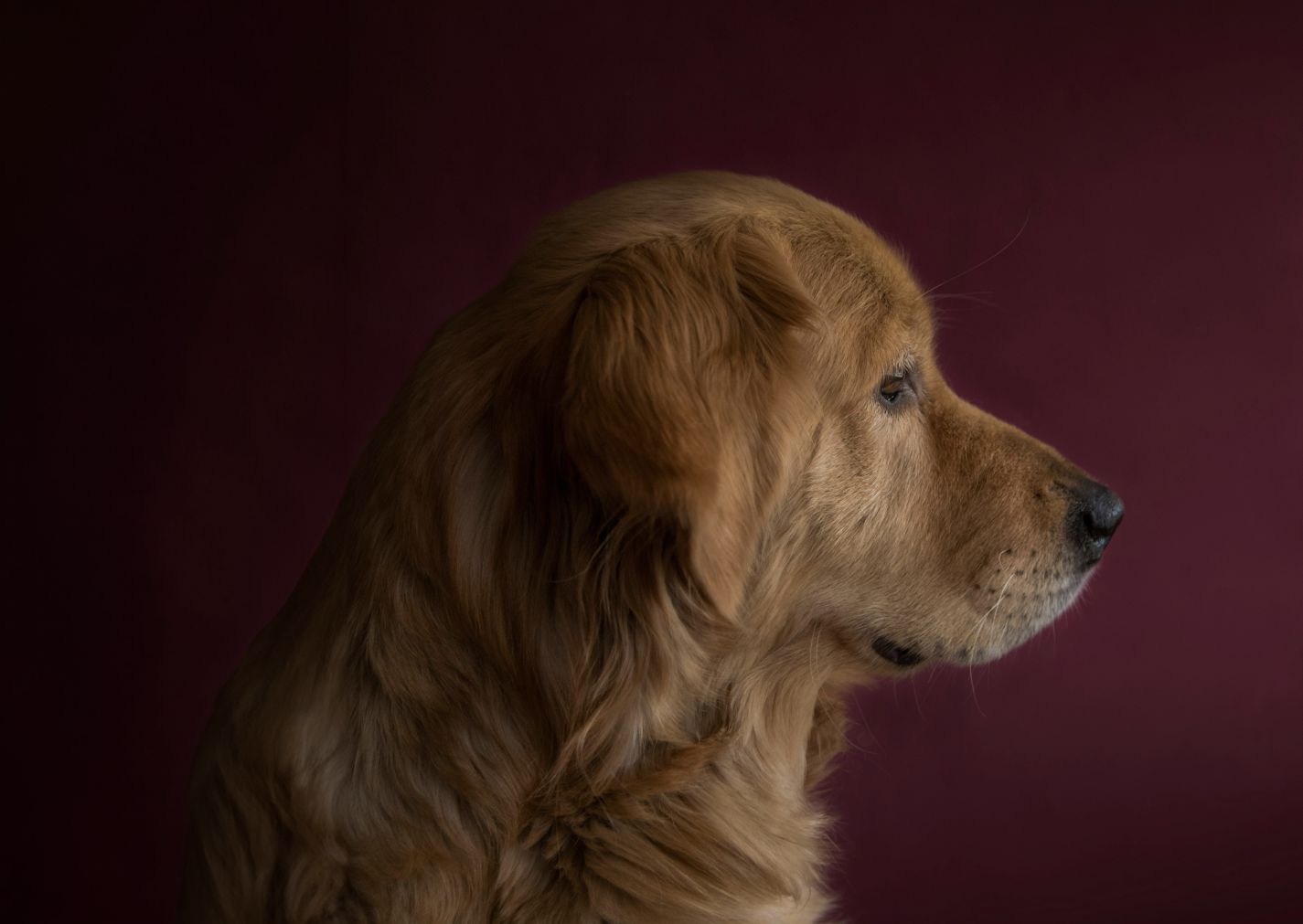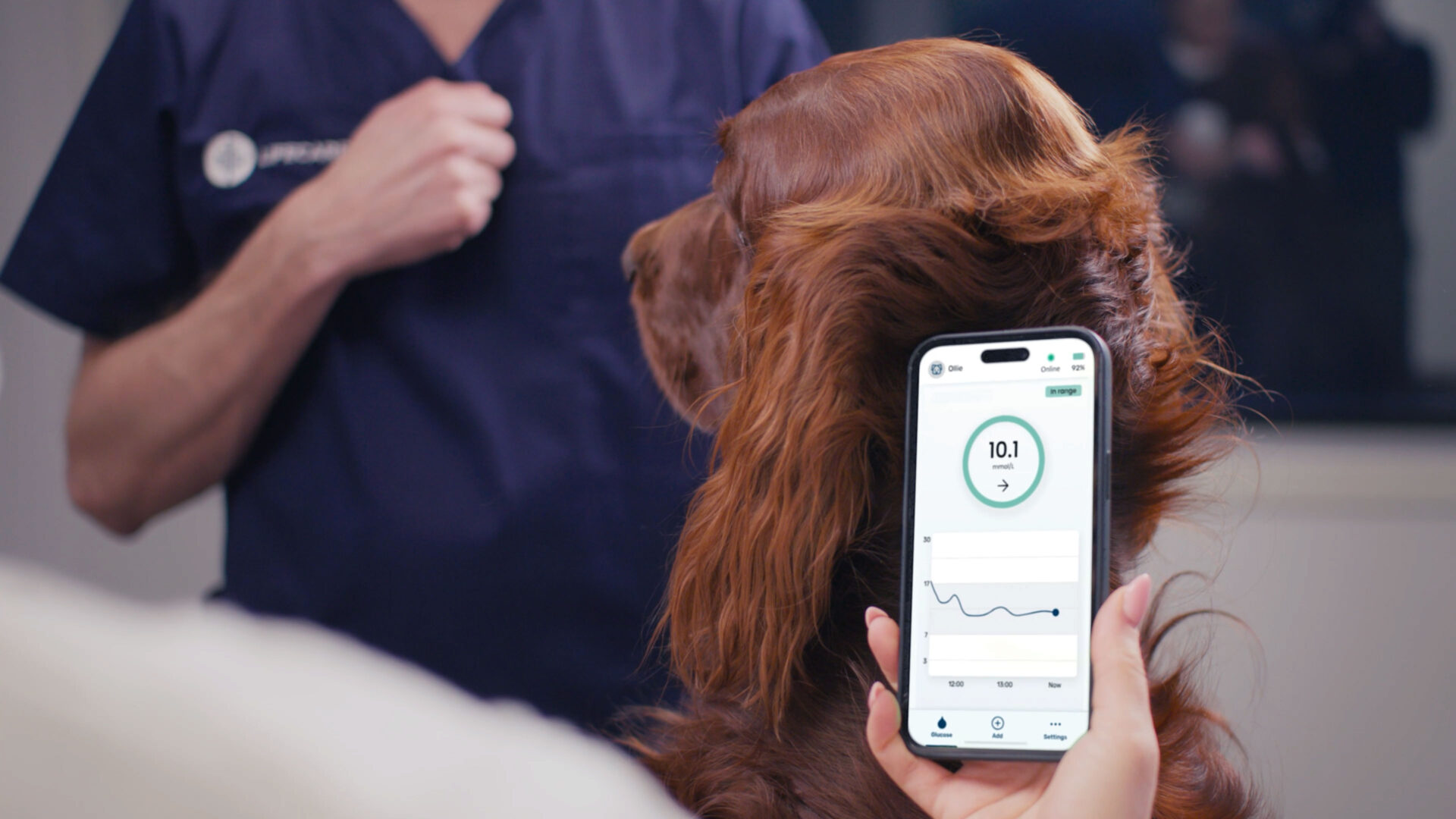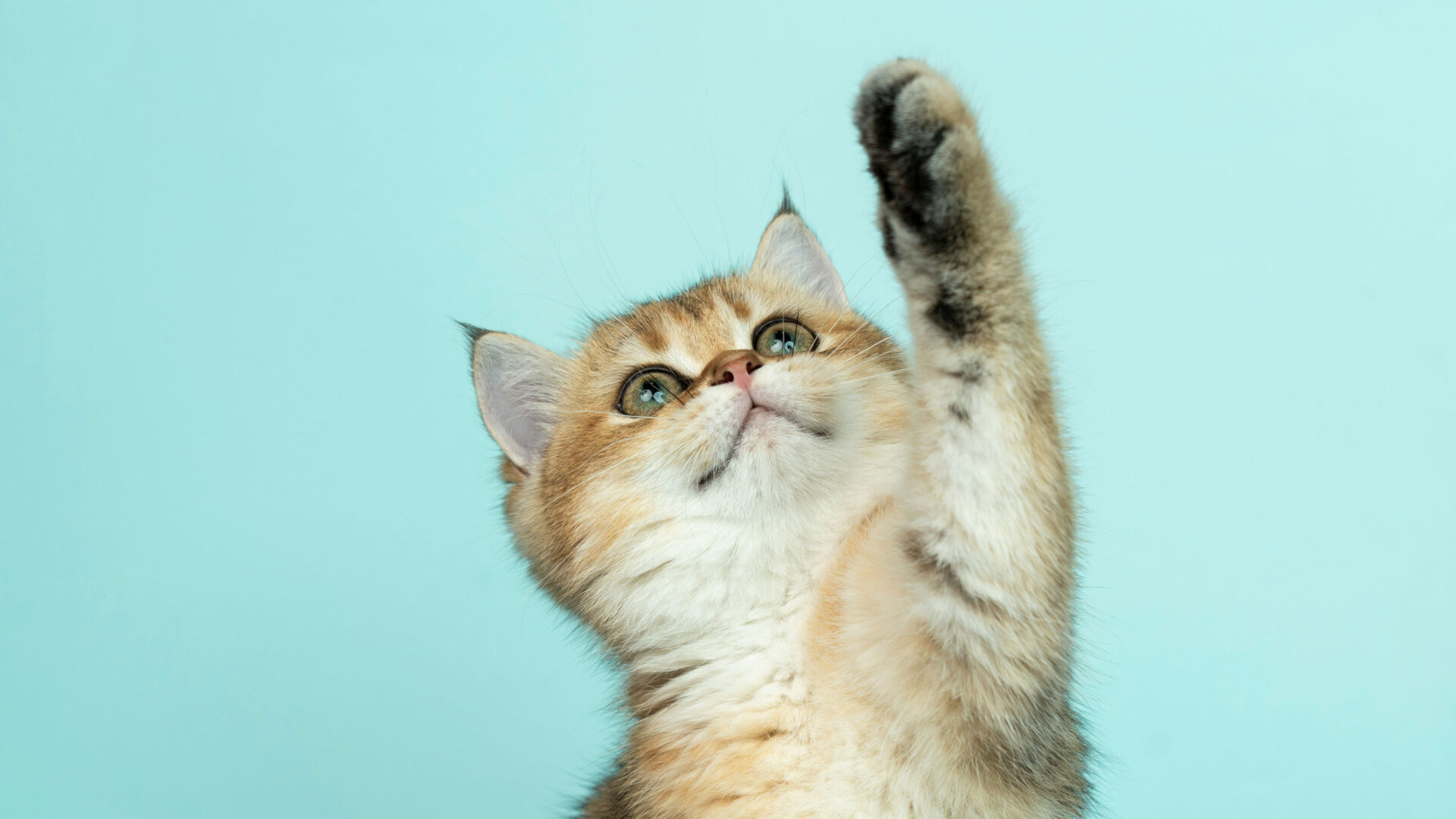
Innovating today for a healthier tomorrow
Lifecare Veterinary
Lifecare Veterinary is a subsidiary of Lifecare which takes the sencell technology and adapts it to the veterinary market. The mission is to deliver a new and better glucose monitoring system for animals such as dogs and cats. The aim is to launch a final product to the animal/veterinary market, collaborating with industrial partner(s), in 2024.
When there isn’t enough insulin, the cells of the body become starved for their primary source of energy – glucose. Dogs and cats with diabetes mellitus require daily insulin injections and monitoring. Our focus is to help animals with diabetes live healthier, happier lives. That’s why we’re dedicated to developing life-changing technology that will provide glucose readings faster, and with less inconvenience.

Lifecare Veterinary use the Sencell technology which incorporates a 3D printed nano-sensor and is implanted under a animal’s skin. Sencell continuously measures the osmotic pressure in the inner sensor chamber which is directly correlated to a animal’s glucose levels. Sencell lasts a minimum of six months and measures an animal’s glucose levels in real time. The data are transferred wirelessly to owner’s smart device (smart phone or smart watch), allowing the user to control their animal’s glucose levels. The Sencell glucose monitoring system includes an osmotic pressure sensor (sensor core), transmitter (sensor electronics) and a mobile medical application (reader) to continuously measure glucose in the interstitial fluid.
Lifecare Veterinary has a close cooperation with the Norwegian University of Life Sciences for veterinary specific R&D, including market-oriented studies that will strengthen both the veterinary and the human market preparations of the technology.

Veterinary market
The global pet diabetes care devices market was valued at $1.9 billion in 2021, and is projected to reach $3.5 billion by 2031, growing at a CAGR of 6.3% from 2022 to 2031. Diabetes is more common in older pets. Dogs and cats with diabetes usually require lifelong treatment with special diets, a good fitness regimen, monitoring and daily insulin injections.
The veterinary market is significantly less regulated, compared to the human market, in addition to the fact that there are no solutions for animals that have achieved real success. Against this background, it is Lifecare’s expectation that we will be able to enter the veterinary market relatively quickly, including that we are technologically well positioned to capture a significant part of this market. As Lifecare expect to be able to initiate production of sensors and CGM systems in 2024, we are preparing the operations to enter the veterinary market in 2024 for commercial reasons, as well as to gain manufacturing and product experience useful for the further development and planning towards the human market.

Regulatory clearifications
To bring Sencell CGM to the veterinary market, the Company has received regulatory clarifications from the Norwegian Medicines Agency. As a governmental decision-making body, they consider Lifecare’s microchip nanosensor (Sencell CGM) as non-medicinal product and has confirmed that no specific regulations exist for medical devices for animals in Norway. Consequently, the Sencell CGM will not be subject to any specific regulatory requirements for veterinary use, and hence launch in the veterinary market in Norway. Other than compliance with directives related to product safety and product liability, there is no regulation of veterinary medical devices at the EU level.